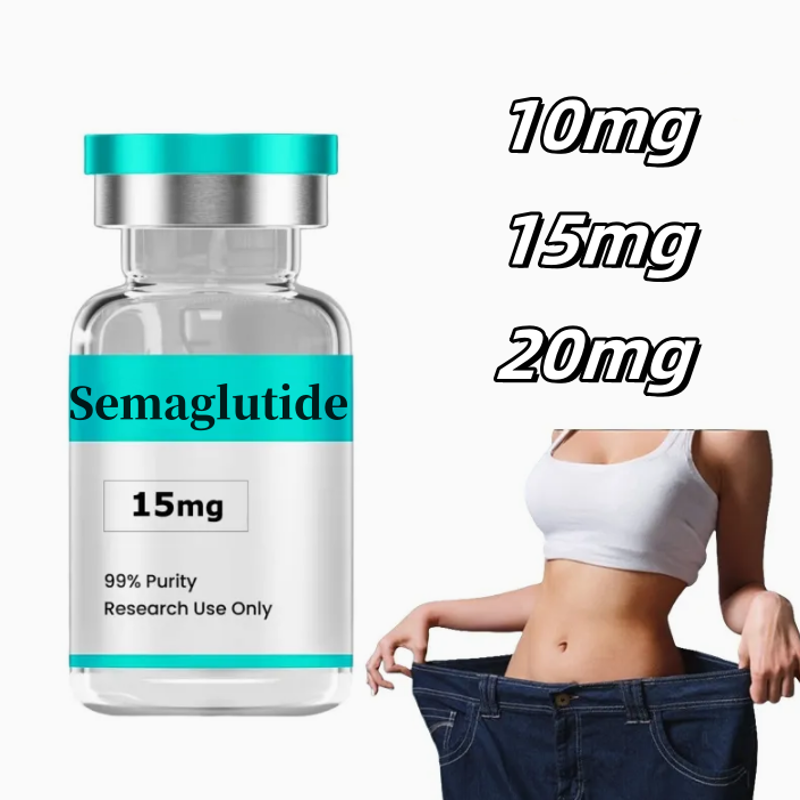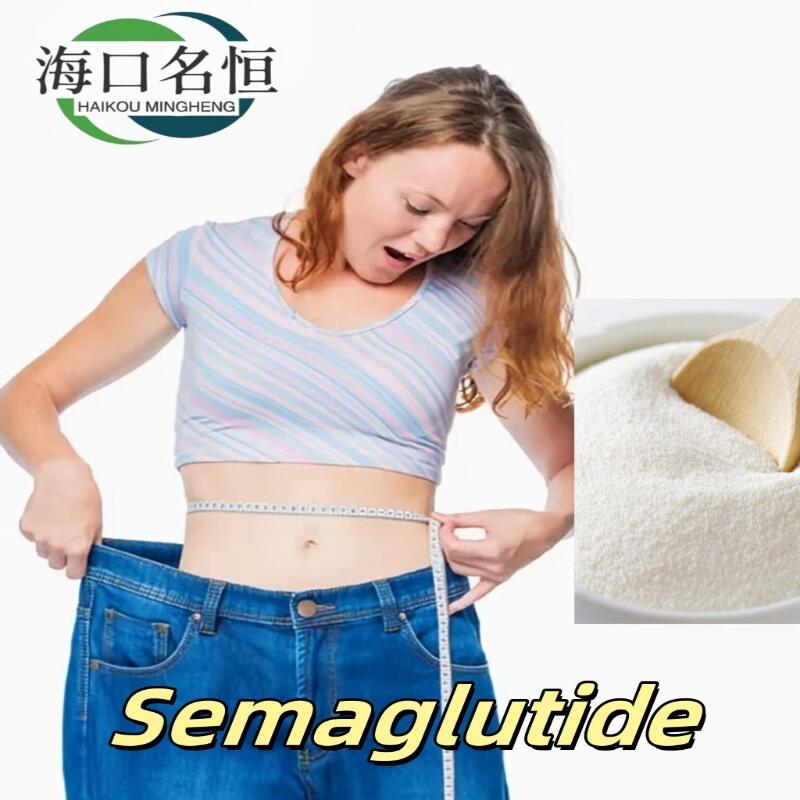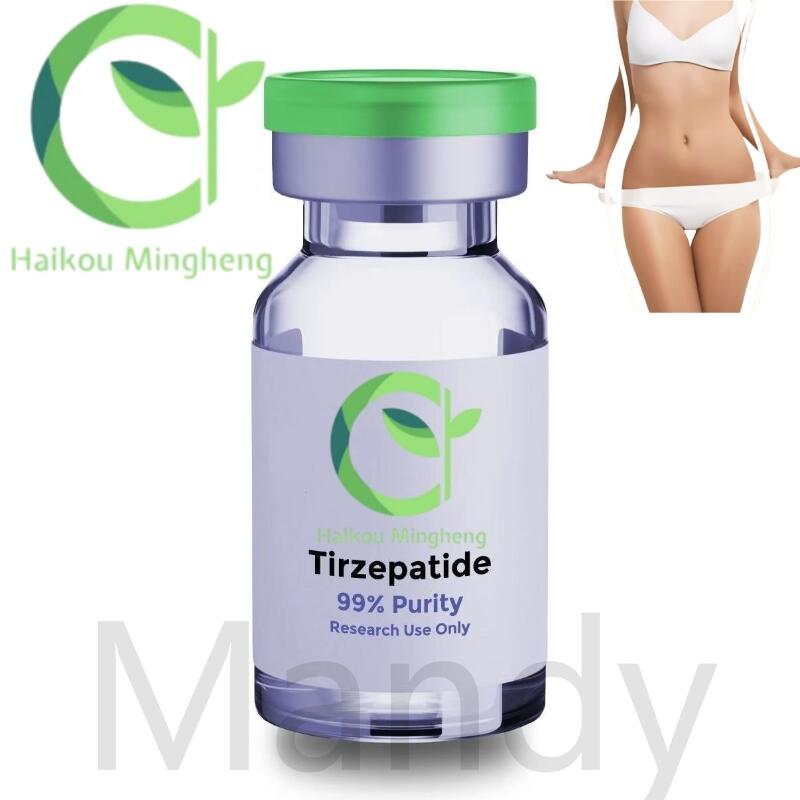In recent years, the development of photoinduced thiol alkyne free radical click chemistry in the construction of novel stapling peptides has made great progress
-
Last Update: 2019-07-25
-
Source: Internet
-
Author: User
Search more information of high quality chemicals, good prices and reliable suppliers, visit
www.echemi.com
Peptide medicine is an important research hotspot in academia and industry Compared with traditional small molecule drugs, protein peptide drugs have larger area of action and biocompatibility However, polypeptide drugs are generally difficult to penetrate the cell membrane and act on the intracellular targets because of their molecular size In 2000, Professor verdine of Harvard University developed macrocyclic chemistry based on olefin metathesis By introducing cyclic total hydrocarbon side chains at specific positions of linear polypeptides to stabilize the a-helix conformation of polypeptides, the stability of polypeptides and their ability to penetrate cell membrane were significantly improved, which provided a research basis for developing a new generation of target molecules for protein-protein interaction Based on this concept, Li Zigang's group, School of chemical biology and biotechnology, Shenzhen Graduate School, Peking University, constructed a new kind of alkenylthioether side chain system to stabilize the a-helix conformation of polypeptide by light-induced intramolecular sulfhydryl alkyne radical click chemistry The cyclization reaction is fast and has good functional group tolerance Meanwhile, it avoids the introduction of metal catalyst, and provides a new method for rapid construction of stapling peptides At the same time, compared with the linear peptide, the peptide inhibitor for estrogen receptor constructed by this method has significantly improved serum stability and cell membrane permeability Compared with the total hydrocarbon side chain system, the alkenyl thioether system has lower membrane toxicity, which reduces the potential Miss effect of hydrophobic peptides to a certain extent The results of the study were recently published in the Royal Society of chemistry, chemical science ( Chemical Science, Advance Article, DOI:10.1039/C6SC00106H ) Photoinduced intramolecular sulfhydryl alkyne radical click chemistry for rapid construction of alkenylthioether side chain binding peptide Under the guidance of Associate Professor Li Zigang, Dr Tian Yuan (the first author) and the graduate students of all grades of the research group completed the work in cooperation Partners include nuclear magnetic resonance center of Peking University, Shenzhen Graduate School of Tsinghua University and Hong Kong University of science and technology This work was supported by the National Natural Science Foundation of China, Shenzhen innovation fund and the peacock project of Shenzhen (Reprint) July 25, 2019
This article is an English version of an article which is originally in the Chinese language on echemi.com and is provided for information purposes only.
This website makes no representation or warranty of any kind, either expressed or implied, as to the accuracy, completeness ownership or reliability of
the article or any translations thereof. If you have any concerns or complaints relating to the article, please send an email, providing a detailed
description of the concern or complaint, to
service@echemi.com. A staff member will contact you within 5 working days. Once verified, infringing content
will be removed immediately.







